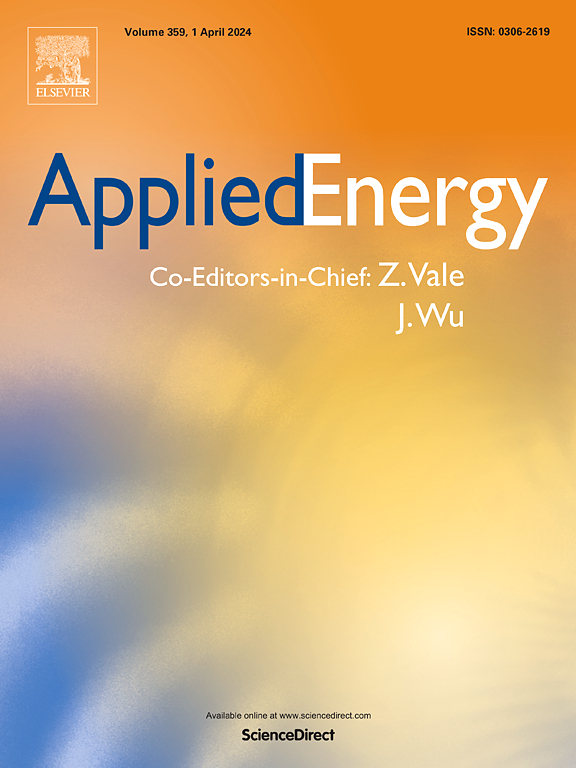Evaluating government policies promoting electric vehicles, considering battery technology, energy saving, and charging infrastructure development: A game theoretic approach
IF 10.1
1区 工程技术
Q1 ENERGY & FUELS
引用次数: 0
Abstract
he cost and fear of running out of battery (range anxiety) are major obstacles to the widespread adoption of electric cars (EVs). Hence, the government's political actions have the potential to significantly mitigate the adverse impact of these issues on the adoption of electric vehicles. This research examines the supply chain of a battery electric vehicle (BEV), which includes the government, a BEV manufacturer, a charging infrastructure business (CI firm), and consumers. Next, we construct a game theory model employing Stackelberg's method to evaluate three distinct types of intervention policies: consumer-side intervention policy (V), production-side intervention policy (T), and charging service-side intervention policy (C). This analysis is conducted within the framework of two sustainable objectives: economic-environmental goal (EB) and socio-economic goal (SW). Policy V involves the government providing financial assistance or imposing fees on Battery Electric Vehicles (BEVs) customers. Policy T provides manufacturers with research and development subsidies to enhance battery technology, while policy (C) offers subsidies to CI firm to establish charging infrastructure. The findings provided significant insights for policymakers and decision-makers in several scenarios aligned with the government's multifaceted objectives. The findings suggest that T and C policies benefit the government, BEV maker, and CI firm most when the objective is SW. Additionally, these policies lead to the largest market demand. Suppose the government's objective is to promote electric vehicles (EVs). In that case, policy C yields the greatest advantage for the recipients when there is a strong emphasis on battery technology and the availability of charging infrastructure. Under policies T and C, the government incurs the largest subsidy cost while pursuing the SW target. Similarly, when pursuing the EB objective, the government incurs the highest subsidy cost under the V policy. In conclusion, this research demonstrates that all three intervention policies benefit the demand for battery electric vehicles (BEVs). Therefore, it is recommended that the government implement suitable policies based on the prevailing market conditions to promote the growth of sustainable transportation.
求助全文
约1分钟内获得全文
求助全文
来源期刊

Applied Energy
工程技术-工程:化工
CiteScore
21.20
自引率
10.70%
发文量
1830
审稿时长
41 days
期刊介绍:
Applied Energy serves as a platform for sharing innovations, research, development, and demonstrations in energy conversion, conservation, and sustainable energy systems. The journal covers topics such as optimal energy resource use, environmental pollutant mitigation, and energy process analysis. It welcomes original papers, review articles, technical notes, and letters to the editor. Authors are encouraged to submit manuscripts that bridge the gap between research, development, and implementation. The journal addresses a wide spectrum of topics, including fossil and renewable energy technologies, energy economics, and environmental impacts. Applied Energy also explores modeling and forecasting, conservation strategies, and the social and economic implications of energy policies, including climate change mitigation. It is complemented by the open-access journal Advances in Applied Energy.
 求助内容:
求助内容: 应助结果提醒方式:
应助结果提醒方式:


